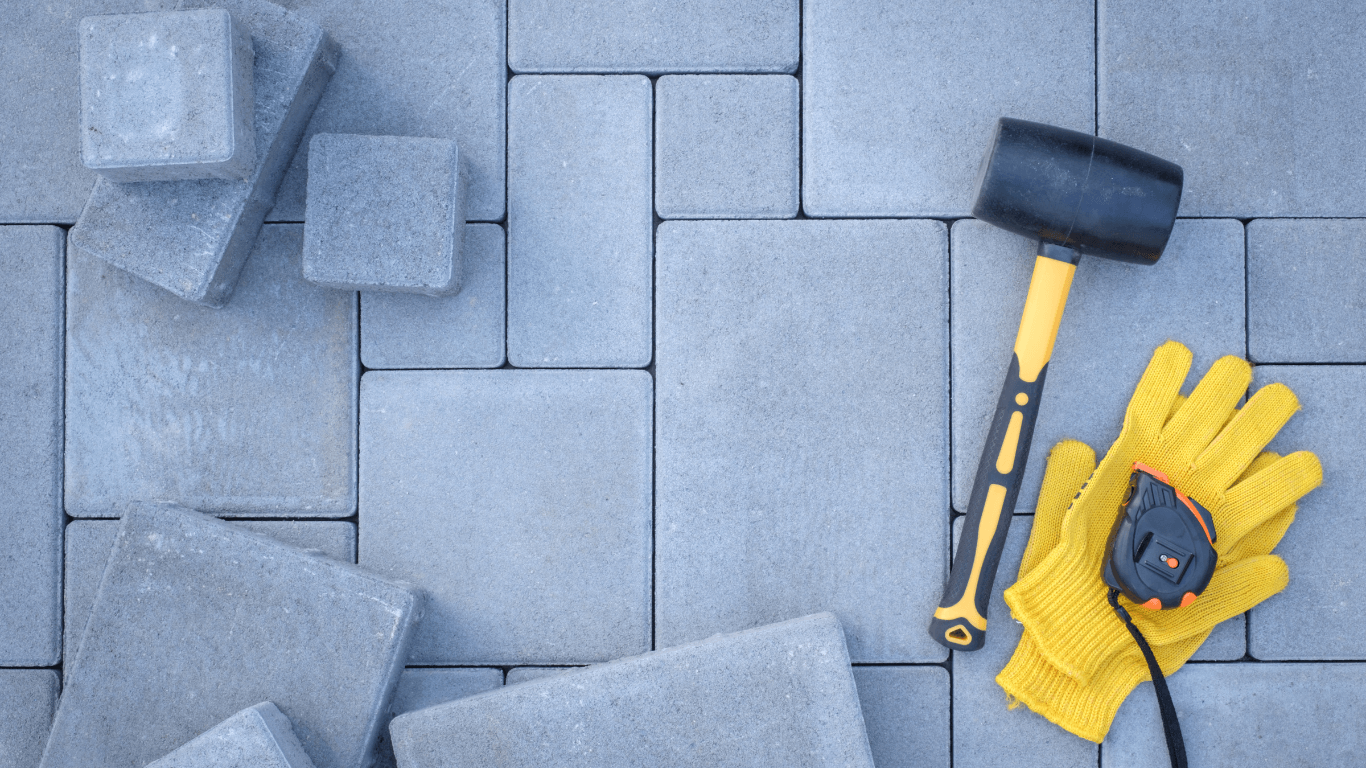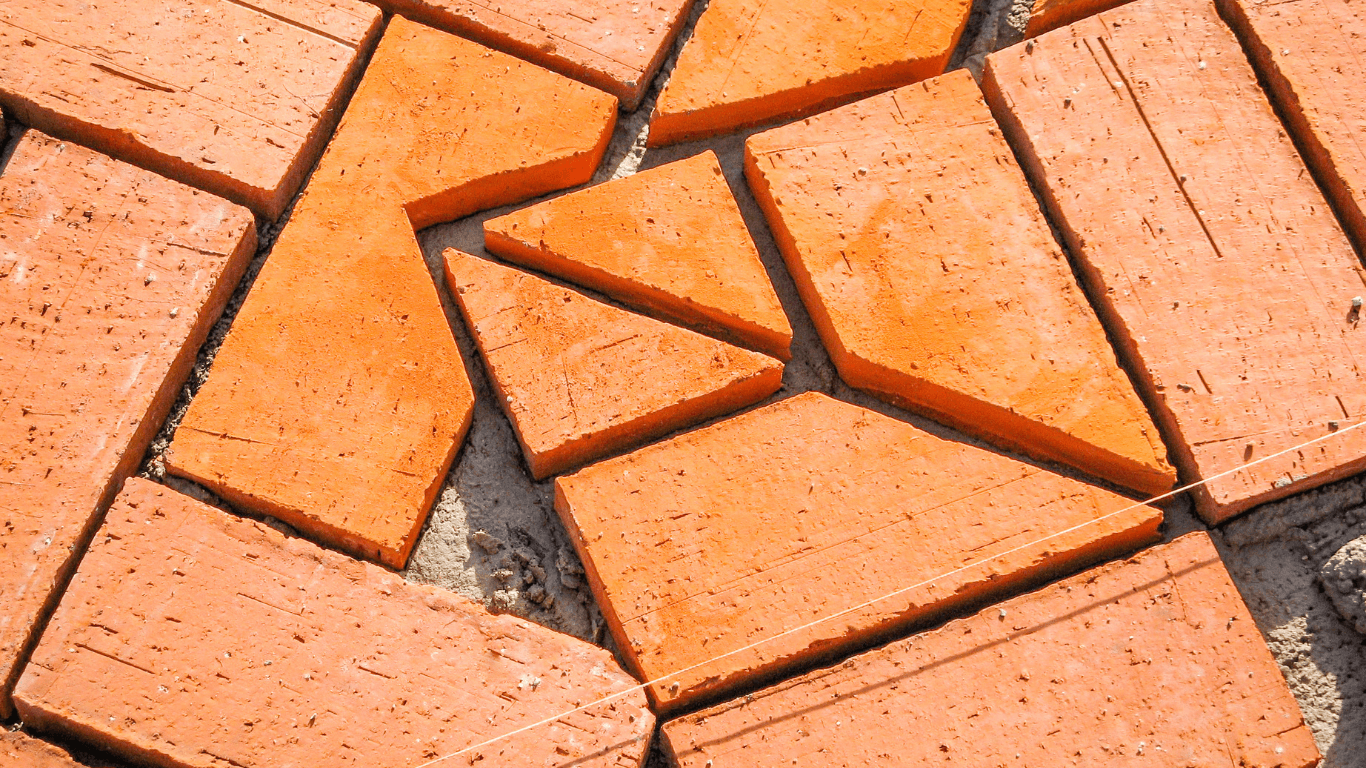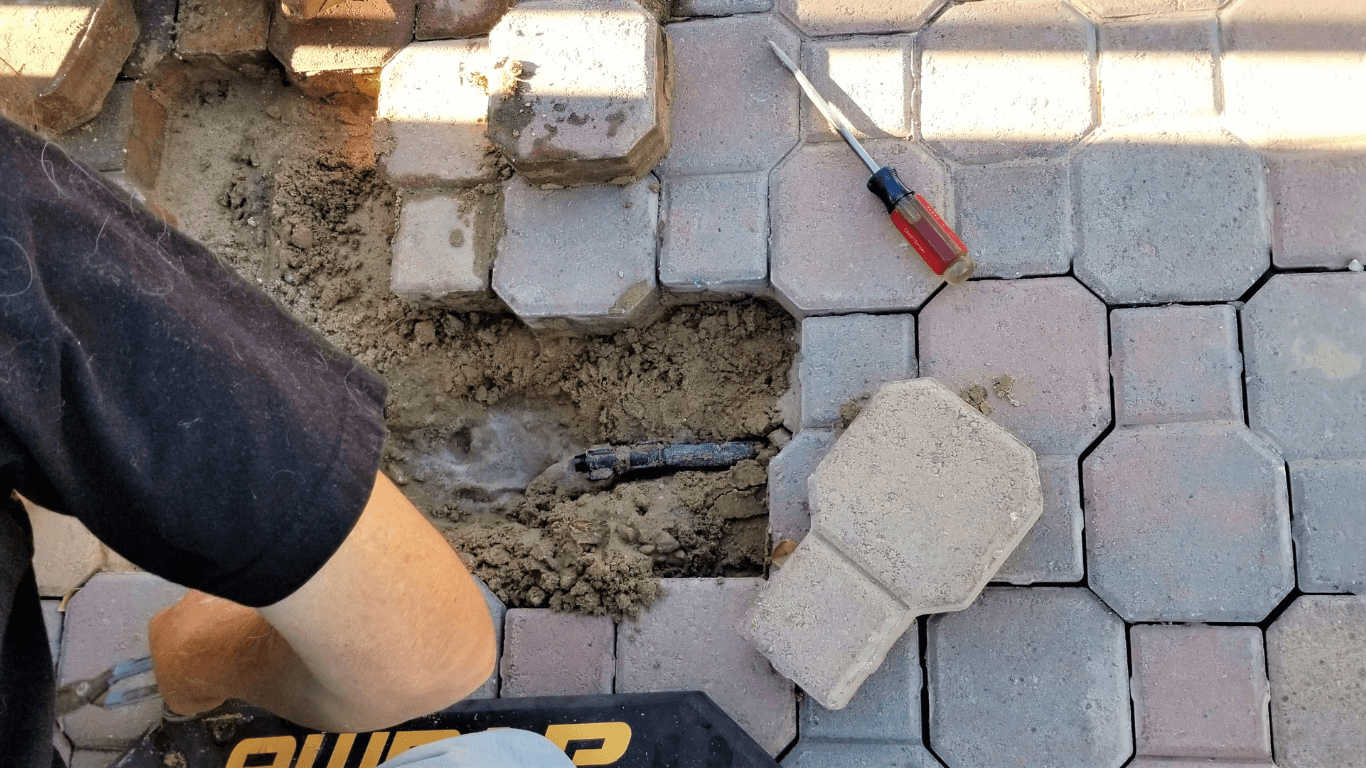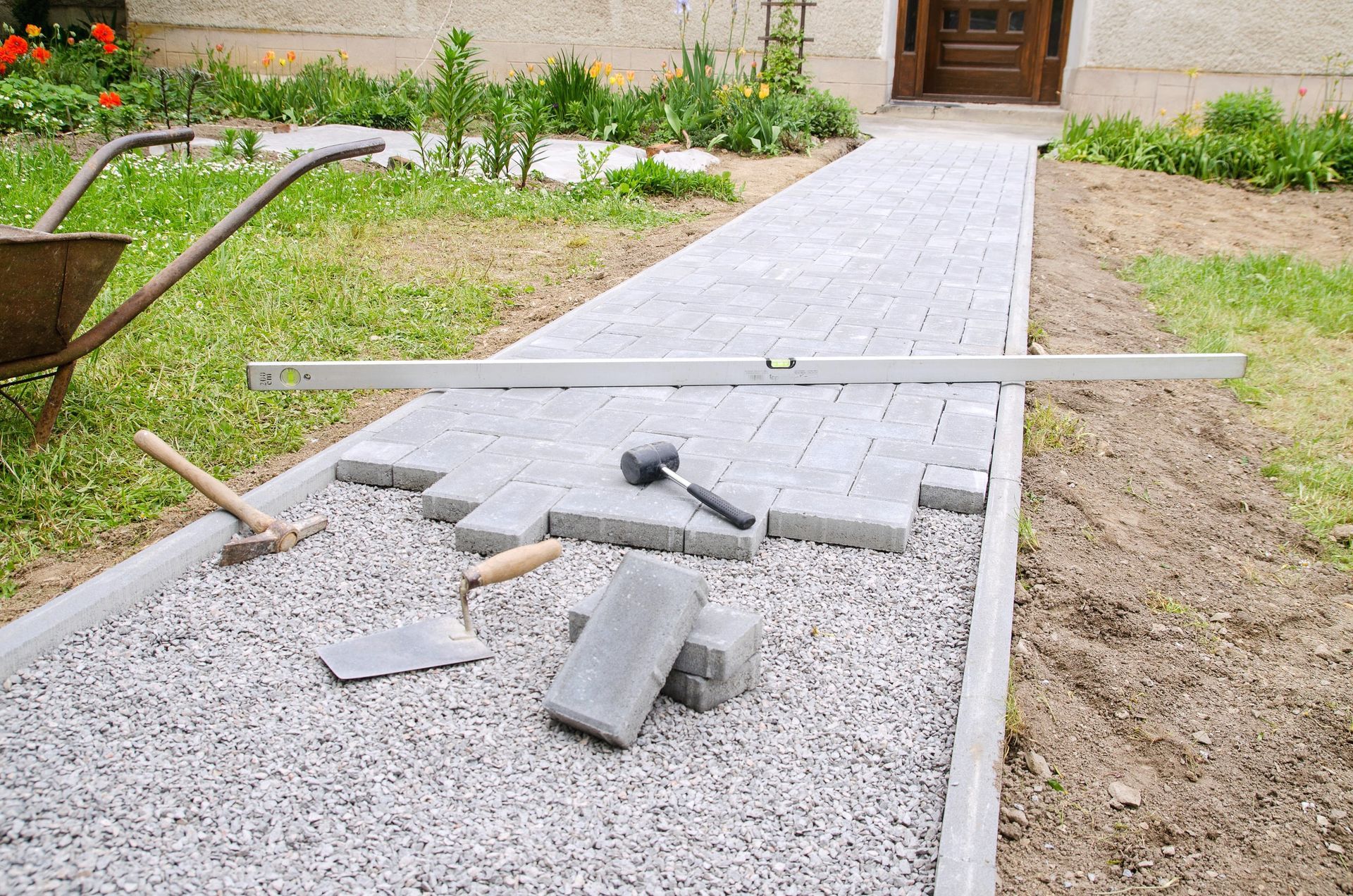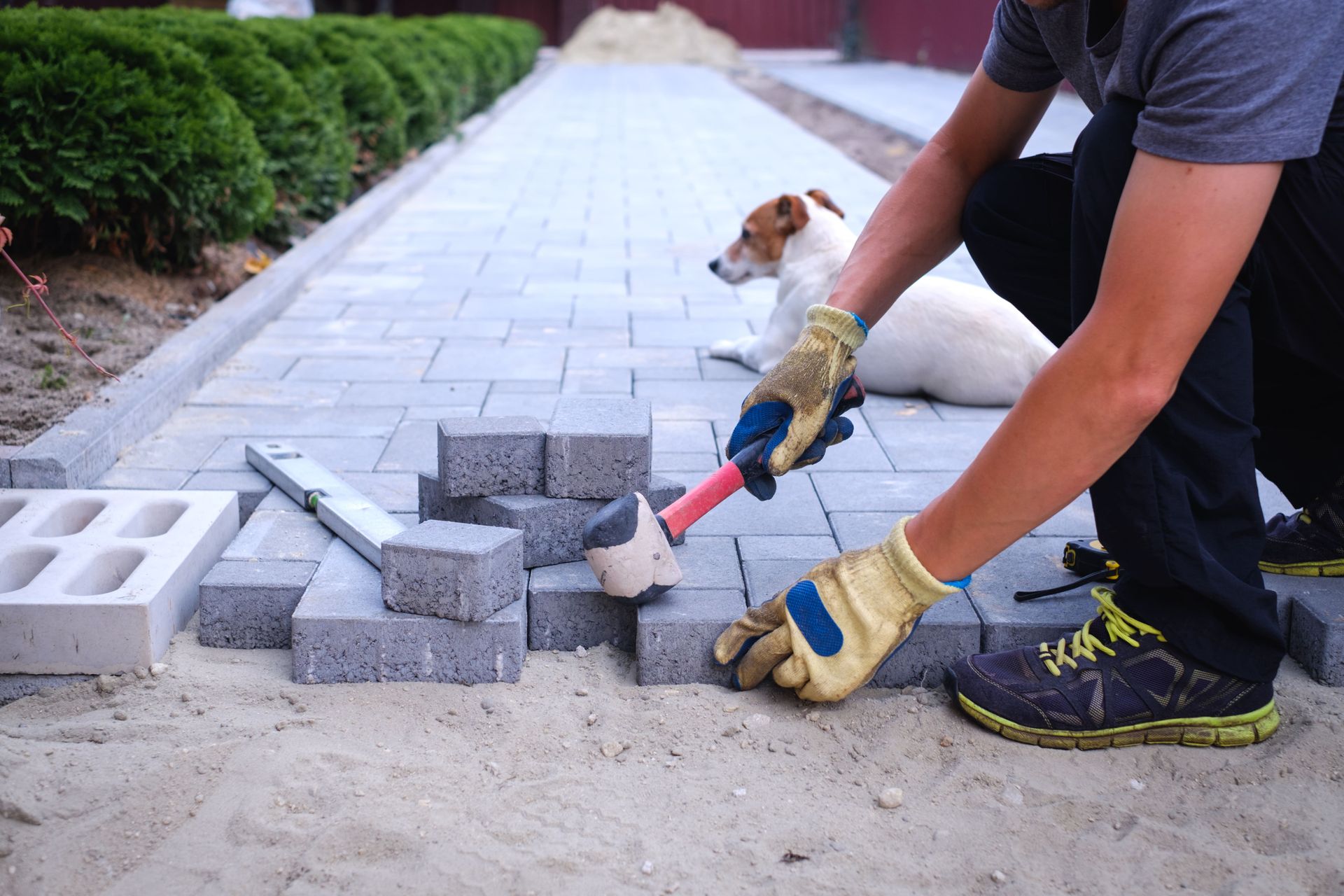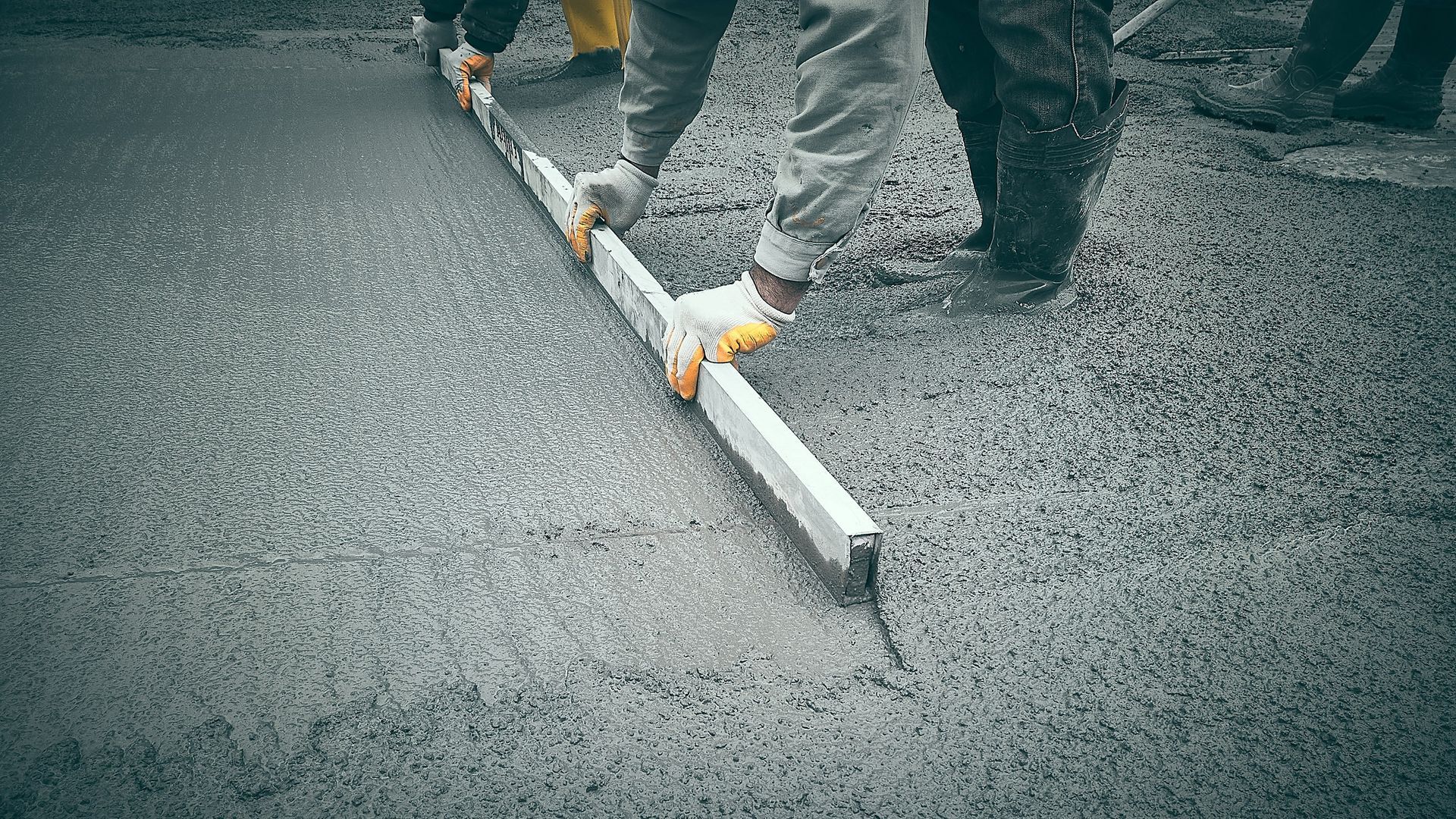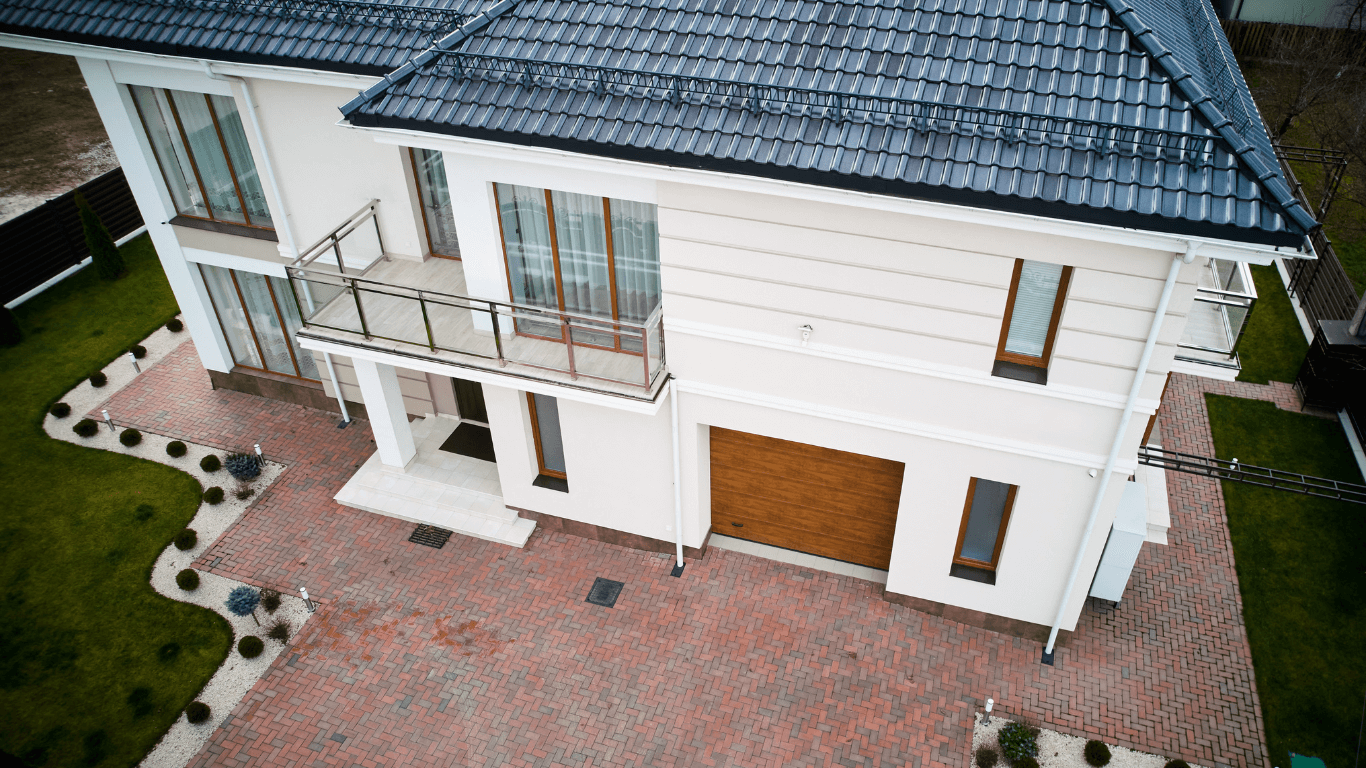What is a Masonry Fireplace? An In-Depth Exploration
Introduction to Masonry Fireplaces
Masonry fireplaces represent a harmonious blend of traditional craftsmanship and contemporary design. Originating from early open-hearth designs, they have evolved to align with contemporary architectural styles while retaining their classic allure.
Constructed with durable materials like stone, brick, and concrete, masonry fireplaces are efficient heating sources and captivating focal points, adding an enduring aesthetic charm to homes.
Blending Tradition with Modernity
Masonry fireplaces, with their robust materials and intricate designs, have a rich history. They have transitioned from being the primary source of heat in homes to becoming a cherished decorative element that complements the modern lifestyle.
The evolution of masonry fireplaces reflects advancements in building techniques and materials, showcasing how these timeless structures have adapted to contemporary needs without losing their traditional essence.
Historical and Modern Relevance
The masonry fireplace has been a staple in households for centuries, evolving from a necessity to a luxury element in home design. Its ability to merge with various architectural styles, from rustic country homes to sleek urban dwellings, speaks to its versatility.
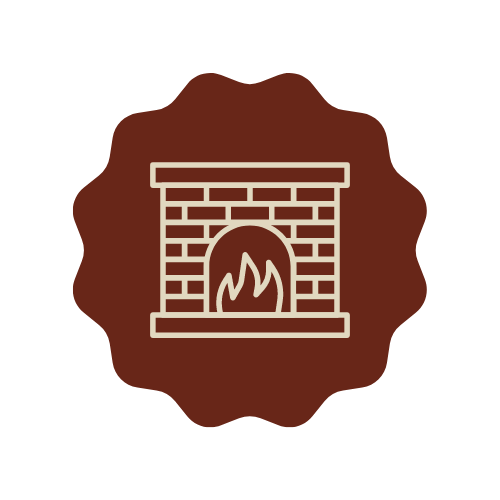
In modern times, the masonry fireplace continues to be a sought-after feature, not just for its practicality but for the ambiance and character it adds to a space.
Structure and Design of Masonry Fireplaces
The structure of a masonry fireplace is pivotal to its function and efficiency. It is a complex system comprising various components, each playing a vital role in its safe and effective operation.
Key Components and Material Choices
The essential components of a masonry fireplace include the firebox, where the fire burns, the chimney that expels smoke, and the flue that controls air flow. These elements are designed for efficient burning, optimal heat distribution, and safety.
The choice of materials is critical, with brick, stone, and concrete being popular for their durability, heat resistance, and aesthetic appeal. Each material brings a unique texture and color palette, allowing for customization that complements the home's design.
Materials Used in Construction
The materials used in constructing a masonry fireplace play a crucial role in its functionality and appearance. Traditional fireplaces often feature brick or stone, materials known for their durability and heat-retaining properties.
Contemporary designs might incorporate concrete or modern masonry products, offering a more minimalist look while maintaining the fireplace's inherent sturdiness. The craftsmanship involved in selecting and laying these materials determines both the fireplace's performance and its integration into the overall architectural design.
Diverse Types of Masonry Fireplaces
Masonry fireplaces come in various styles, each suited to different heating needs and aesthetic preferences. This diversity allows homeowners to choose a fireplace that not only meets their practical requirements but also complements their home’s style.
From Traditional to Modern Designs
The traditional open-hearth fireplace, with its wide and inviting firebox, is a classic design that provides direct warmth and a quintessential fireplace experience. On the other hand, modern masonry fireplaces, such as masonry heaters and Rumford fireplaces, offer improved heating efficiency and a sleeker appearance.

These contemporary designs are engineered for better fuel efficiency, emitting less smoke and providing more consistent heat over a longer period.
Variety and Versatility
Each type of masonry fireplace has its unique characteristics. Masonry heaters, known for their ability to store heat and slowly release it, are ideal for colder climates where continuous warmth is desired.
Rumford fireplaces, recognized for their tall, shallow fireboxes, are designed to radiate more heat into the room, making them efficient and practical for everyday use. The variety of masonry fireplaces available today ensures that there is a style to suit every need and preference, from the traditionalist to the modernist.
Advantages of Masonry Fireplaces
Opting for a masonry fireplace brings a host of benefits, encompassing durability, aesthetic versatility, and efficient heating. These fireplaces are not only functional but also add significant value to a home.
Durability and Longevity
One of the most significant advantages of masonry fireplaces is their durability. When properly constructed and maintained, they can last for decades, often becoming a permanent feature of a home. The robust materials used in their construction withstand high temperatures and general wear and tear, ensuring the fireplace remains a functional and aesthetic element for years.
Aesthetic Appeal and Customization
Masonry fireplaces are highly customizable, allowing homeowners to tailor them to their specific design preferences. Whether the goal is to create a rustic, traditional look or a sleek, contemporary feel, the versatility of masonry materials and designs can achieve the desired aesthetic. This flexibility makes masonry fireplaces a popular choice for homeowners looking to add a unique touch to their living spaces.
Heating Efficiency
In addition to their visual appeal, masonry fireplaces are efficient at heating spaces. Their design and construction materials help retain and radiate heat, providing a natural and cozy warmth. This efficiency makes masonry fireplaces a practical choice for those seeking an alternative or supplement to conventional heating systems.
Craftsmanship in Masonry Fireplace Construction
The construction of a masonry fireplace is an intricate process that requires skill, precision, and an eye for design. The craftsmanship involved in building a masonry fireplace is a significant factor in its functionality and aesthetic appeal.
Artistry and Customization in Design
The construction of a masonry fireplace is a testament to the skill and artistry of the craftsmen. From selecting the right materials to laying each brick or stone with precision, the process involves a high level of craftsmanship.
This attention to detail ensures that each fireplace is not only a functional heating element but also a work of art that enhances the beauty of the home.
Integration with Home Architecture
A masonry fireplace can be designed to seamlessly integrate with the home's architecture, adding to its overall aesthetic and charm. Whether it's a centerpiece in a living room or a subtle addition to a bedroom, the fireplace can be crafted to complement the style and character of the house. This integration is crucial in ensuring that the fireplace enhances, rather than detracts from, the home's design.
Energy Efficiency and Environmental Considerations
Masonry fireplaces are not only aesthetically pleasing but also offer benefits in terms of energy efficiency and environmental impact. Their design and materials make them a sustainable option for home heating.
Sustainable Heating and Eco-Friendly Practices
Masonry fireplaces, particularly modern designs, are engineered for energy efficiency. Their ability to store and radiate heat reduces the need for additional heating sources, lowering energy consumption.

Additionally, the use of natural materials in their construction aligns with eco-friendly building practices, making masonry fireplaces a responsible choice for environmentally conscious homeowners.
Reducing the Environmental Impact
The construction and operation of masonry fireplaces can be managed in a way that minimizes their environmental impact. Using sustainably sourced materials, ensuring efficient burning, and regular maintenance all contribute to making masonry fireplaces an eco-friendly option.
Modern masonry heaters, designed to burn wood more completely and emit fewer pollutants, are an excellent example of how masonry fireplaces can be both efficient and environmentally responsible.
Safety Considerations in Masonry Fireplace Design
Safety is a crucial aspect of masonry fireplace design and usage. Adhering to safety standards and best practices ensures that the fireplace is a source of comfort and not a hazard.
Compliance with Fire Safety Standards
Fire safety is paramount in the design and construction of masonry fireplaces. Adhering to local building codes and standards ensures that the fireplace operates safely and efficiently. These standards cover everything from the materials used to the construction methods and clearances required, reducing the risk of fire hazards and ensuring the safety of the occupants.
Proper Ventilation and Chimney Design
An effective ventilation system and well-designed chimney are essential for the safe operation of a masonry fireplace. Proper ventilation ensures that smoke and combustion gases are efficiently expelled from the home, maintaining good air quality and reducing the risk of carbon monoxide buildup. A well-designed chimney also contributes to the fireplace's overall efficiency, enhancing its performance and safety.
Safe Usage and Best Practices
Educating homeowners on the safe usage and maintenance of masonry fireplaces is critical. This includes using the right type of fuel, ensuring the fireplace is never left unattended while in use, and conducting regular cleaning and inspections. Adhering to these best practices helps prevent accidents and prolongs the life of the fireplace.
With an unyielding commitment to quality and precision, Constructive Concepts has been the backbone of numerous prestigious projects over the last 30 years in Staten Island, New York. Our areas of expertise include a diverse array of masonry works, flat work, interior renovations, and much more. We specialize in creating spaces that not only meet but exceed your expectations, through a collaborative approach that values your input at every step.
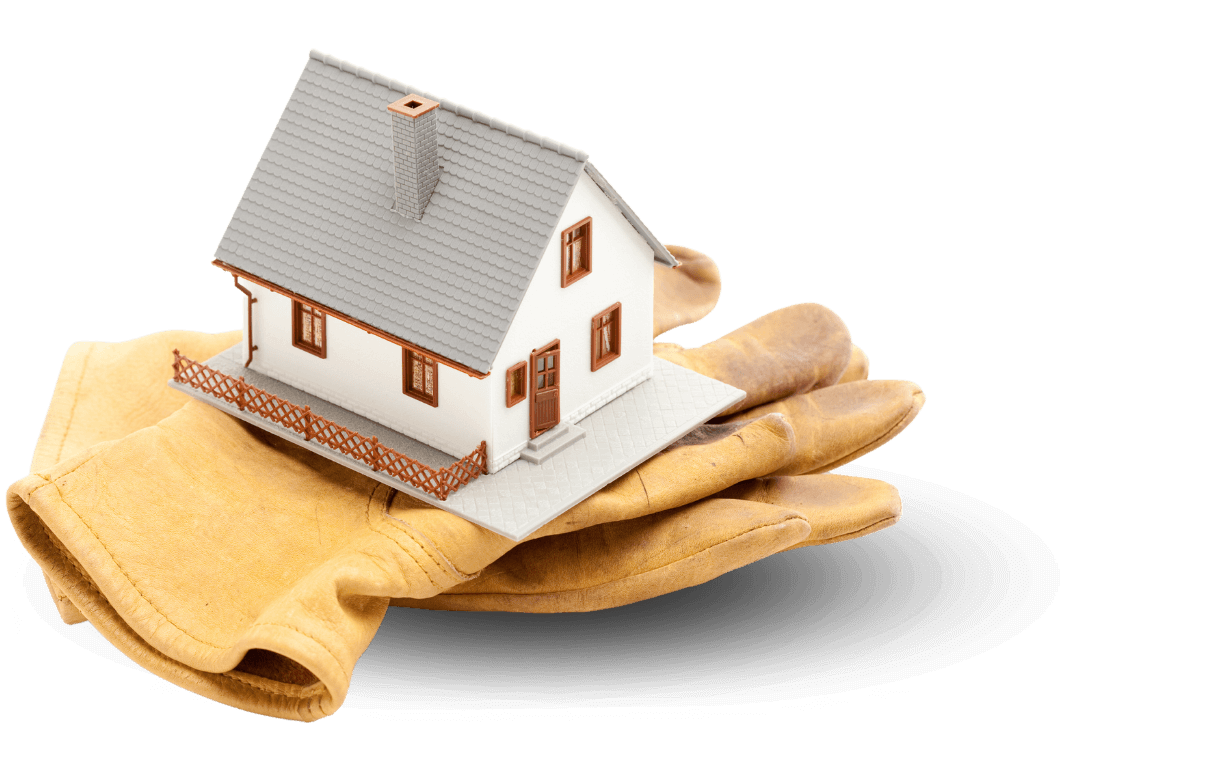
GET A FREE ASSESSMENT
How long have you been waiting for your dream design?
We invite you to experience the transformative journey from concepts to constructions, where dreams take a tangible form through a harmonious blend of skill and material. With Constructive Concepts, witness the crafting of dreams into reality, one stone at a time.
